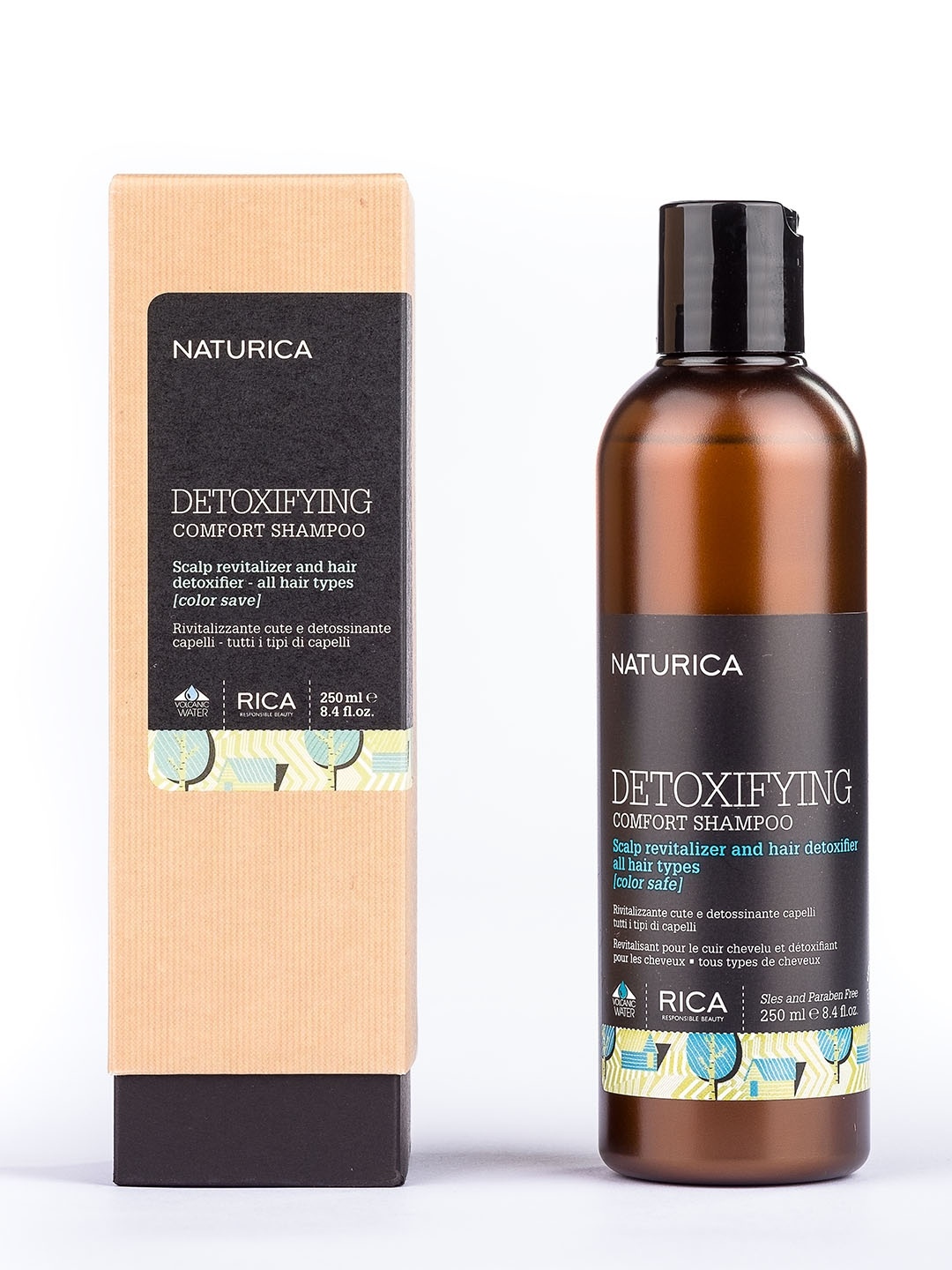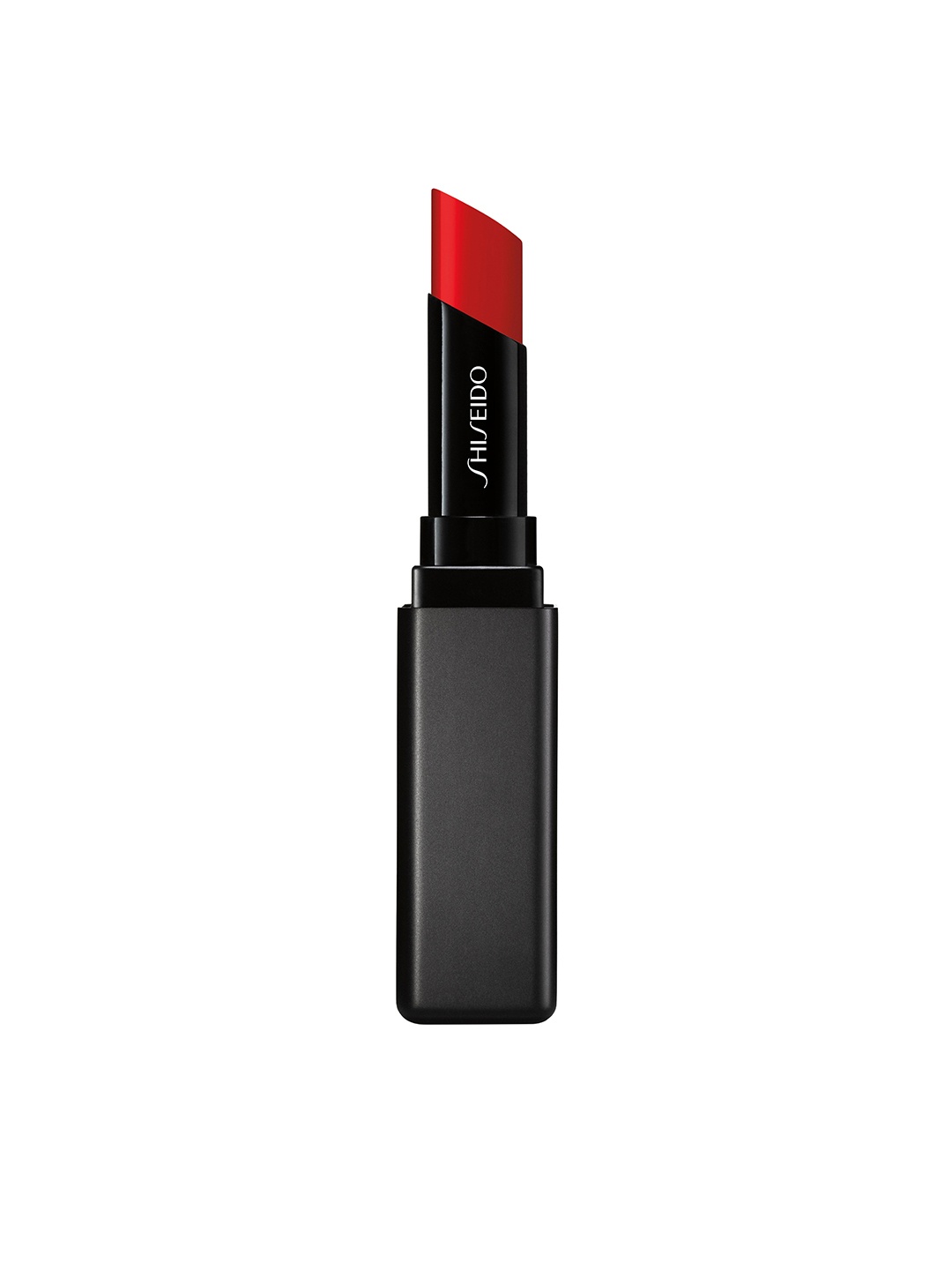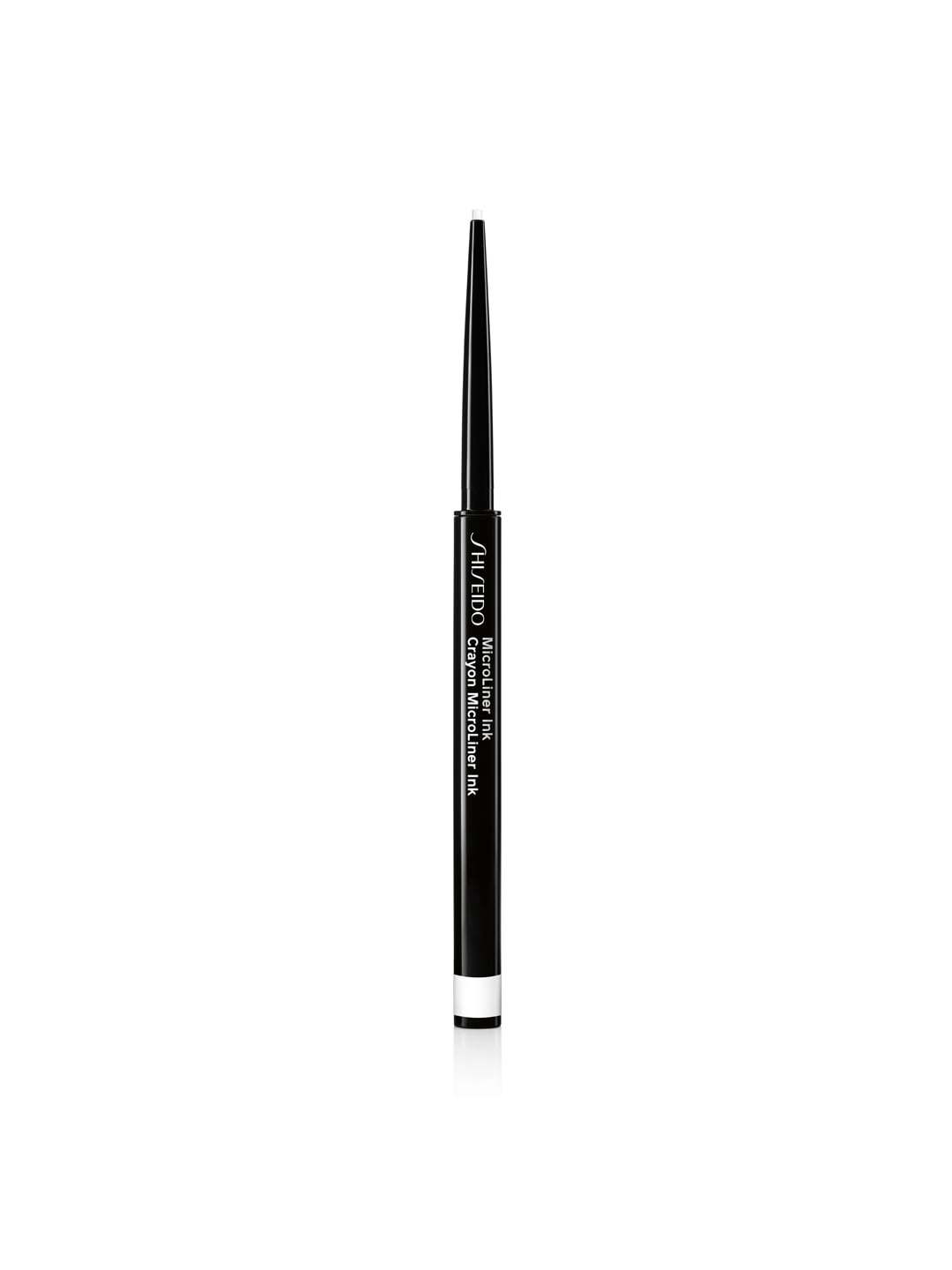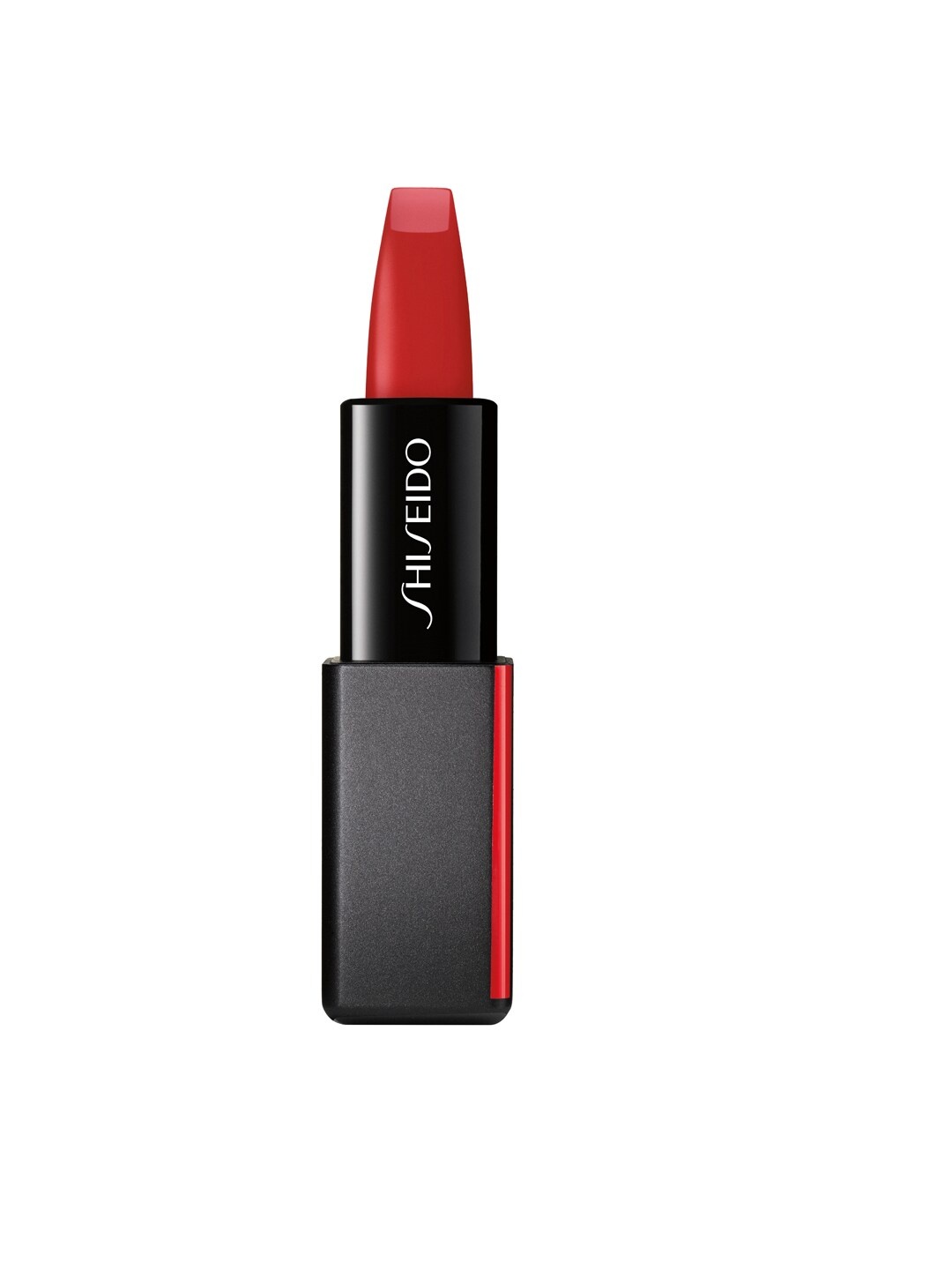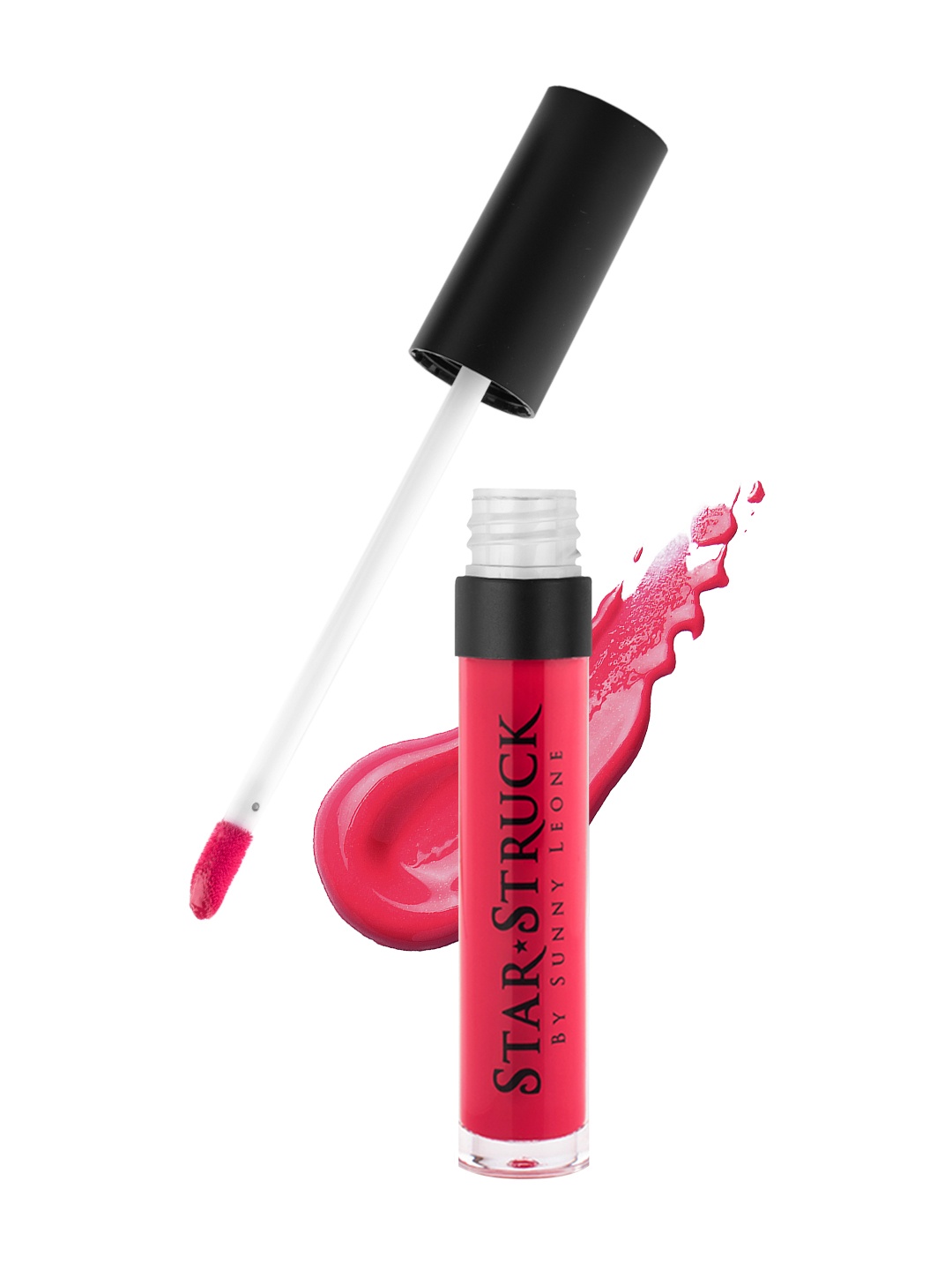How To Protect Your Scalp On Humid Days: 10 Easy And Practical Haircare Hacks That Work
Sticky air, sweaty scalps, and frizz that refuses to calm down, humid weather can be a nightmare for hair. This is a simple guide to keeping your crown healthy, clean and comfortable when the humidity refuses to give in. Here's how you can protect your scalp with these 10 simple tips.

Haircare Hacks: How To Protect Your Scalp In Humid Weather.
Few things test patience like a head full of hair during the monsoon or a hot, muggy summer. The air feels heavy, the scalp turns oily within hours of washing, and suddenly, dandruff or itching begins to creep in. Humidity doesn't just leave strands frizzy; it creates the perfect breeding ground for fungal infections and weak roots.
The scalp is often ignored while the focus shifts to hair strands, but caring for the skin beneath is the real secret to strong, shiny locks. Imagine it like tending to the soil before worrying about the plants. With a little discipline and a few clever hacks, the scalp can stay clean, nourished, and resilient, no matter how high the moisture in the air.
Let's dive into 10 practical, relatable, and fuss-free scalp care tips tailored for muggy days when your hair seems to have a mind of its own. Check the top related products on Flipkart too.

Protect your scalp in humidity with these simple tips.
Photo Credit: Pexels
Smart Scalp Care Hacks For Humid Days
1. Keep The Scalp Squeaky Clean Without Over-Washing
Humidity tricks the scalp into producing more oil than usual. It feels greasy, and the instinct is to shampoo every day. But too much washing strips natural oils, leaving the scalp dry and vulnerable. The trick is balance. Washing every two to three days with a gentle, sulphate-free shampoo works wonders.
For those commuting daily in crowded metros or spending hours outdoors, rinsing with plain water on off days is a smart middle ground. It refreshes the scalp without being harsh. Think of it as a quick splash of water on the face after stepping out in the sun, instantly soothing.
2. Choose Lightweight, Non-Sticky Oils
Oiling remains a household ritual. But in humid weather, heavy oils like castor or thick coconut can suffocate the scalp, leading to clogged pores and itching. Switch to lighter alternatives such as almond oil, jojoba oil, or even a few drops of argan oil.
A short massage of 15–20 minutes before a wash is plenty. Leaving oil overnight in muggy weather can actually do more harm than good. Light oils hydrate without weighing down the scalp. It's like switching from a woollen blanket to a thin cotton sheet when nights get warm.
3. Prioritise Scalp Exfoliation Once A Week
Just like the face, the scalp collects sweat, dirt, and dead skin. Add humidity, and the buildup multiplies. A weekly exfoliation routine can prevent flakes and itchiness. DIY scrubs work beautifully, mixing sugar with aloe vera gel or adding a spoon of coffee grounds to conditioner creates an easy, budget-friendly scalp exfoliator.
The scrub not only lifts off grime but also boosts blood circulation. Picture sweeping the floor before laying out a fresh mat; the scalp feels lighter, and hair grows healthier.

Do scalp exfoliation once a week
Photo Credit: Pexels
4. Hydrate From Within
No amount of serums or shampoos can make up for dehydration. Humid weather often fools the body, sweat dripping down gives the illusion of hydration, while the body quietly craves water. Drinking at least 8–10 glasses daily keeps the scalp's oil balance in check and reduces dryness.
Adding fresh fruits like watermelon, oranges, or cucumber to the diet helps. A bowl of seasonal papaya sprinkled with chaat masala in the evening is not only refreshing but also scalp-friendly. After all, a well-fed body reflects in the scalp just as much as in the skin.
5. Tie Hair Loosely And Let The Scalp Breathe
Tight hairstyles trap heat and sweat, creating the perfect conditions for bacterial growth. A high, taut ponytail may look sleek in the mirror but feels suffocating after an hour in humidity. Loose braids or buns are better choices, they keep strands tidy without strangling the scalp.
Even using cotton scrunchies instead of elastic bands helps. Cotton absorbs sweat, while elastics tug and break hair. Just like swapping leather sandals for airy flip-flops in the rain, breathable hairstyles give the scalp relief.
Also Read: Why Your Shampoo Isn't Foaming: 10 Common Reasons and How to Get a Rich Lather
6. Avoid Heavy Styling Products
Serums, gels, and mousses promise smooth hair, but in humid weather, they mix with sweat and dust, leaving the scalp sticky. Over time, this builds up and causes dandruff-like flakes. Stick to minimalism; a pea-sized amount of lightweight serum at the ends is more than enough.
If frizz is the main villain, a leave-in conditioner with natural ingredients such as aloe or green tea works well. Think of it as carrying a compact umbrella instead of dragging along a heavy raincoat in muggy weather, lighter, easier, and more effective.

Avoid using heavy scalp products
Photo Credit: Pexels
7. Embrace Herbal Rinses
Grandmothers often spoke about rinsing hair with neem or hibiscus water. These herbal rinses aren't old wives' tales; they genuinely cleanse and calm the scalp. Neem tackles fungal infections, while hibiscus strengthens roots.
Brewing a handful of neem leaves in boiling water, cooling it, and using it as the last rinse after shampooing is simple and cost-effective. The cooling sensation feels as soothing as a cold glass of nimbu paani after a humid day out.
8. Protect The Scalp From The Sun
Humidity usually comes hand in hand with harsh sunlight. UV rays damage not just skin but also scalp, leading to dryness and burns. A scarf, hat, or even carrying a dupatta over the head while stepping out provides a barrier.
For those not fond of head coverings, applying a leave-in conditioner with UV protection does the trick. Just as sunscreen for the face is non-negotiable, scalp protection from the sun is equally essential. A shaded scalp is a happy scalp.
9. Watch Out For Fungal Infections Early
Ringworm, folliculitis, and other fungal scalp issues spread faster in moist conditions. The first signs are itching, redness, or unusual flaking. Ignoring these can lead to painful patches and even hair fall. Seeking treatment early saves money, time, and discomfort.
Pharmacies stock anti-fungal shampoos starting at just ₹150–₹200. Using them once a week can keep infections at bay. It's a small investment compared to the hassle of dealing with stubborn fungal issues later.

Look out for fungal scalp infections regularly
Photo Credit: Pexels
10. Stick To Natural Fabrics For Pillowcases And Head Wraps
Synthetic fabrics trap sweat, worsening humidity's impact. Sleeping on a satin or polyester pillowcase leaves the scalp oily and sticky by morning. Cotton pillow covers are better, they allow the skin to breathe and absorb excess moisture.
Even wrapping hair in a soft cotton dupatta before bedtime reduces breakage and prevents the scalp from suffocating. It's a simple swap, much like choosing cotton kurtas over polyester ones during sultry evenings. Comfort and scalp health go hand in hand.
Products Related To This Article
1. WishCare Multi Peptide Anti Hairfall Shampoo with Rice Water
2. BBlunt Hair Fall Control Shampoo & Conditioner with Pea Protein & Caffeine
3. The Plant Fix Plix Anti Hairfall Regime| Advanced Shampoo-Conditioner
4. BARE ANATOMY Rosemary Water Spray for Hair Growth, Thickness & Hairfall Control, 100% Natural Hair Spray
5. Pilgrim Advanced Hair Growth Serum with 3% Redensyl & 4% Anagain|Thick Hair|Men & Women
Humidity might be stubborn, but the scalp doesn't have to surrender to it. With a little awareness and smart choices, it's possible to keep hair manageable and the scalp free of infections, oil, and discomfort. From choosing lighter oils to sipping enough water and switching pillowcases, these hacks are simple, practical, and affordable.
Think of scalp care during humid months as preventive maintenance rather than emergency repair. A calm, nourished scalp supports hair that feels less like a daily struggle and more like a natural crown worth flaunting, rain, shine, or sticky weather. Check out the best scalp-related products online.
Disclaimer: The images used in this article are for illustration purpose only. They may not be an exact representation of the products, categories and brands listed in this article.











